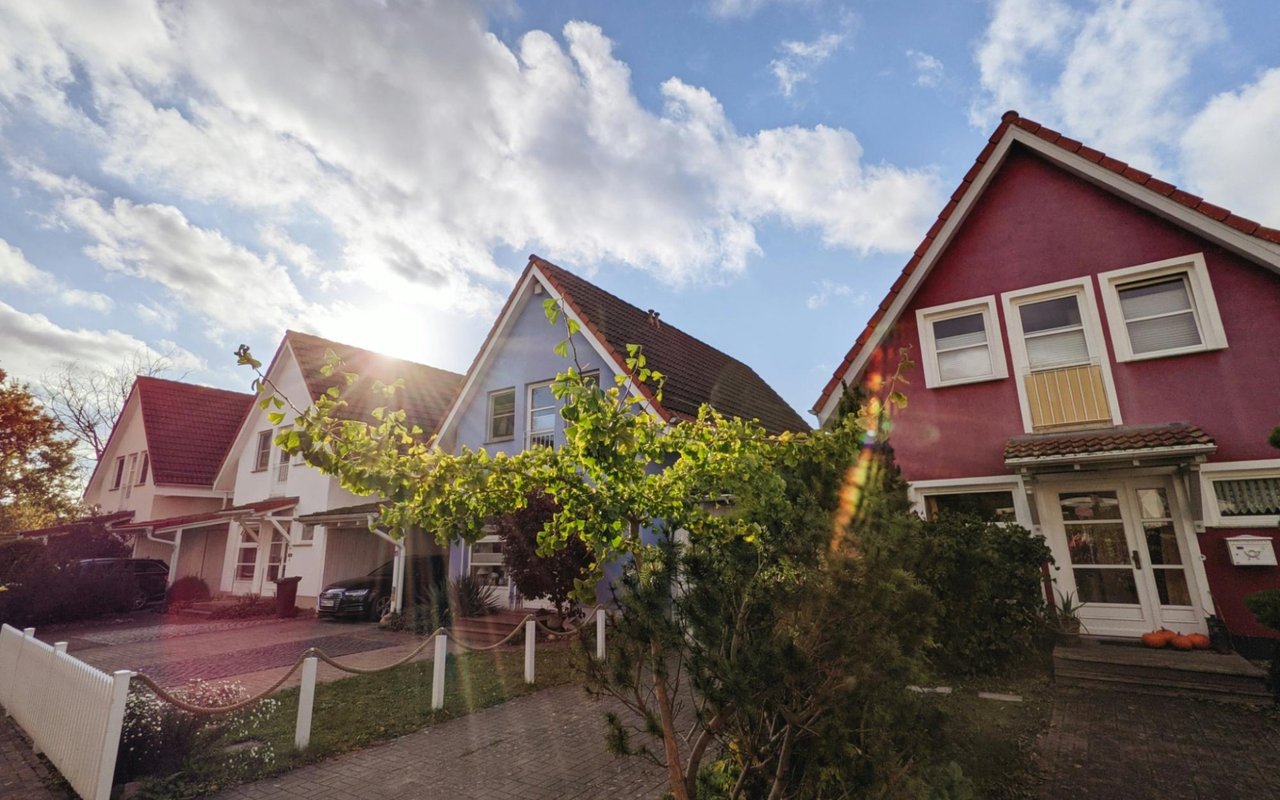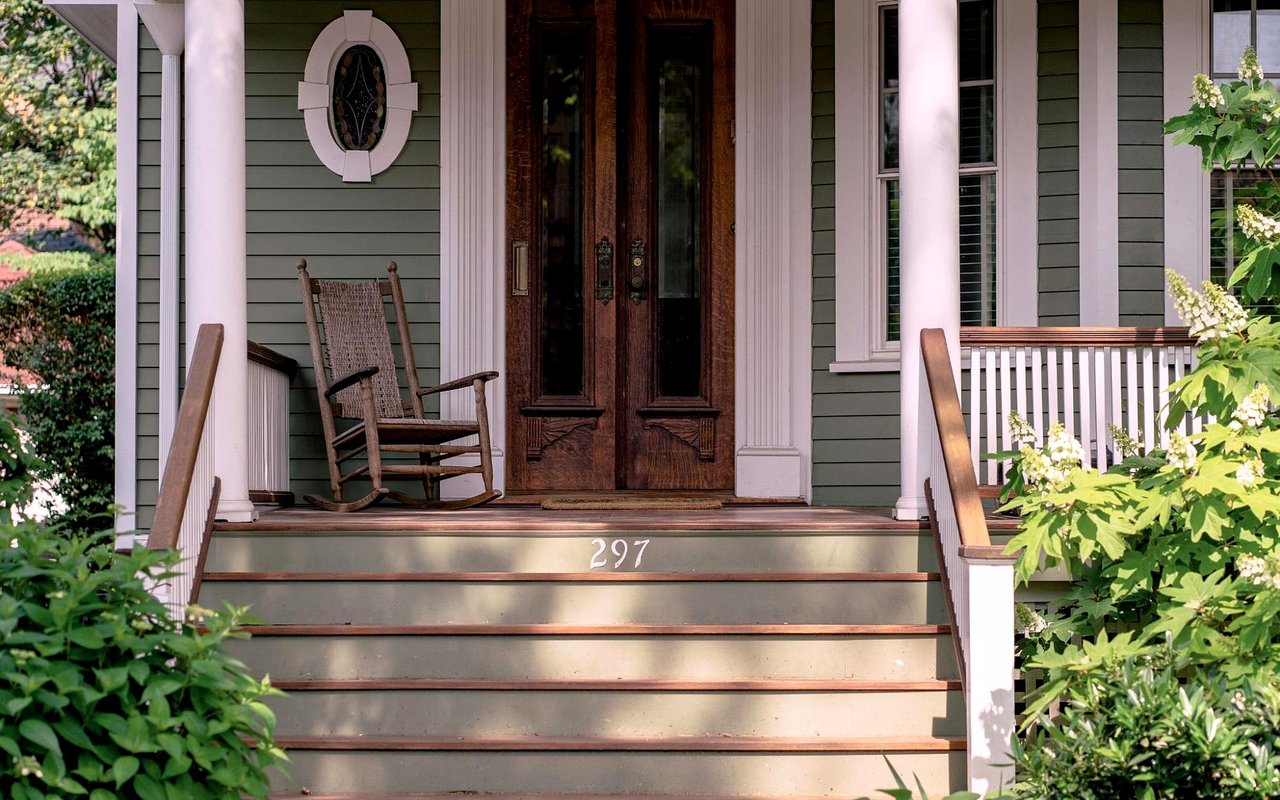Deciding when to sell a house in Springfield, Illinois, is a crucial step that can significantly affect the outcome of the sale. Timing can influence how quickly a property sells and at what price. By understanding the nuances of Springfield’s real estate market, seasonal trends, and the factors that motivate buyers, homeowners can make well-informed decisions that help them achieve the best possible results.
Overview of Springfield’s Real Estate Market
Springfield’s real estate market has experienced steady growth over recent years, with home values rising consistently. This positive trend creates a promising environment for sellers, but success often hinges on choosing the right moment to enter the market. While many aspects can influence this timing, the seasons play a particularly prominent role in buyer behavior and market activity.
Selling in Spring: The Busiest Season
The arrival of spring traditionally marks the start of an active period for real estate in Springfield. As temperatures rise and the days grow longer, buyers become more motivated to search for homes. This is often linked to families aiming to relocate before the start of a new school year, which makes spring the most sought-after season for home sales. Homeowners who list their properties during this time often enjoy increased interest, higher foot traffic, and more competitive offers.
Why Mid-April Is a Great Time to List
Among the spring months, mid-April is frequently seen as an especially favorable window. This timing allows sellers to showcase their homes when the weather is mild and the landscape is vibrant, helping to enhance curb appeal. At this point in the year, potential buyers are generally actively searching, yet inventory has not peaked, which means less competition for sellers. These conditions can lead to homes selling more quickly and at prices that better reflect their market value.
Selling in Summer: Still a Good Time
As spring transitions into summer, the market maintains a relatively strong pace, although some slowdown can occur due to vacations and other seasonal distractions. June and July often remain solid months for home sales, with buyers motivated by the same factors that drive spring activity, such as children being out of school and families wanting to settle in before the fall. While the market is still active, sellers should be mindful that summer’s gradual cooling off may require more competitive pricing or incentives to attract attention.
Fall and Winter: Slower Markets but Unique Chances
When autumn arrives, the real estate market in Springfield tends to slow. Cooler weather and shorter days often discourage casual buyers from beginning home searches. However, this slower pace can actually benefit certain sellers. Because fewer properties are listed during the fall, individual homes have the chance to stand out in the market. Buyers searching at this time are often more serious and focused, including those relocating for employment reasons or seeking to complete transactions before the end of the calendar year for tax considerations.
Winter typically represents the quietest season for selling a home in Springfield. The holiday season and cold weather reduce overall buyer activity, and homes may stay on the market longer. Still, selling during this period is not impossible. Serious buyers continue to look for homes, and with less competition, sellers willing to price their homes realistically can sometimes complete sales faster than expected. The winter market is best suited for homeowners who require a quick sale or who are prepared to negotiate more flexibly.
Winter typically represents the quietest season for selling a home in Springfield. The holiday season and cold weather reduce overall buyer activity, and homes may stay on the market longer. Still, selling during this period is not impossible. Serious buyers continue to look for homes, and with less competition, sellers willing to price their homes realistically can sometimes complete sales faster than expected. The winter market is best suited for homeowners who require a quick sale or who are prepared to negotiate more flexibly.
How Market Conditions Affect Timing
In addition to seasonal factors, broader market conditions play a vital role in determining the best time to sell. Interest rates, for example, heavily influence buyer affordability. When rates are low, buyers can often qualify for larger mortgages, boosting demand and creating a seller-friendly environment.
Inventory levels are another important consideration. When there are many homes for sale, buyers have more choices, which can drive prices down and lengthen the time properties remain on the market. Meanwhile, a low supply of available homes increases competition among buyers, often resulting in faster sales and higher offers. Sellers who pay attention to these supply and demand dynamics can better time their listings for optimal results.
Inventory levels are another important consideration. When there are many homes for sale, buyers have more choices, which can drive prices down and lengthen the time properties remain on the market. Meanwhile, a low supply of available homes increases competition among buyers, often resulting in faster sales and higher offers. Sellers who pay attention to these supply and demand dynamics can better time their listings for optimal results.
Getting Your Home Ready to Sell
No matter the season or market climate, thorough preparation is essential to achieving a successful sale. Homes that are well-maintained and thoughtfully presented consistently attract more interest and better offers. Simple repairs, fresh paint, and landscaping can dramatically improve a home’s appeal.
Effective staging can help buyers envision themselves living in the space, making it easier to justify asking prices. Pricing a home appropriately is also critical; sellers benefit from working with experienced real estate professionals who understand Springfield’s market nuances and can recommend realistic yet competitive price points.
Effective staging can help buyers envision themselves living in the space, making it easier to justify asking prices. Pricing a home appropriately is also critical; sellers benefit from working with experienced real estate professionals who understand Springfield’s market nuances and can recommend realistic yet competitive price points.
Personal Factors to Consider
Ultimately, the best time to sell a house in Springfield hinges on a combination of seasonal trends, market conditions, and individual circumstances. Spring and early summer generally offer the strongest environment for sellers, with mid-April often standing out as an ideal time to list. Nevertheless, fall and winter can also provide strategic opportunities, particularly for sellers willing to be flexible and attentive to market demands.
Sellers should also consider their personal goals and timeline. If a quick sale is needed due to relocation or financial reasons, listing during a traditionally slower season with realistic pricing and effective marketing may still achieve the desired outcome.
Sellers should also consider their personal goals and timeline. If a quick sale is needed due to relocation or financial reasons, listing during a traditionally slower season with realistic pricing and effective marketing may still achieve the desired outcome.
Ready to Make Your Move in Springfield’s Real Estate Market?
If you’re considering buying or selling a home in Springfield, timing and expert guidance are key to achieving your goals. Whether you’re searching for your dream home or looking to sell at the optimal moment, contact The Melissa Dowson Vorreyer Team today to start your real estate journey and make the most of Springfield’s dynamic housing market.
*Header photo courtesy of Unsplash
*Header photo courtesy of Unsplash




